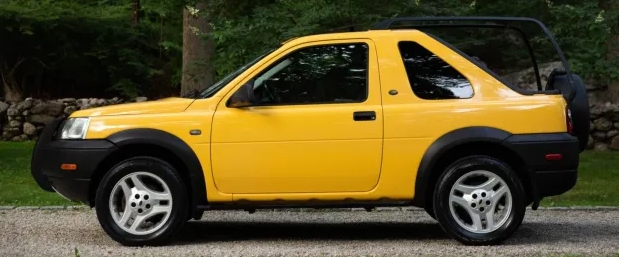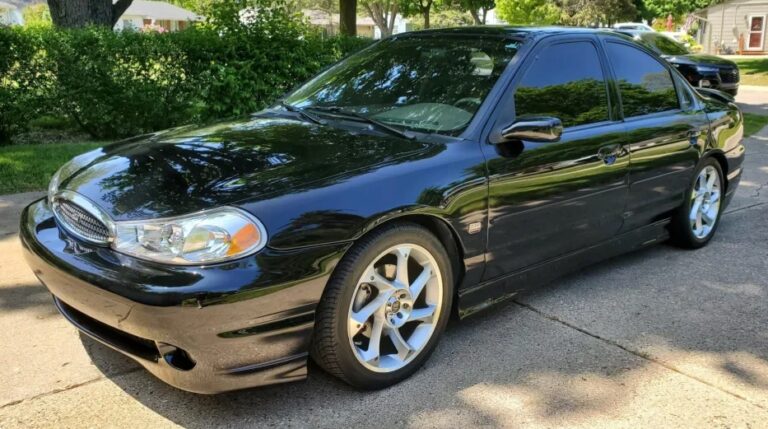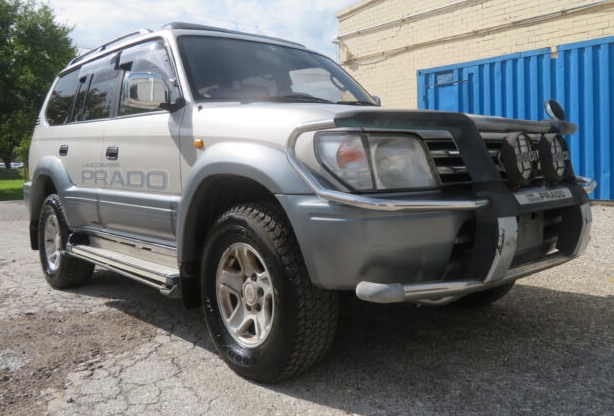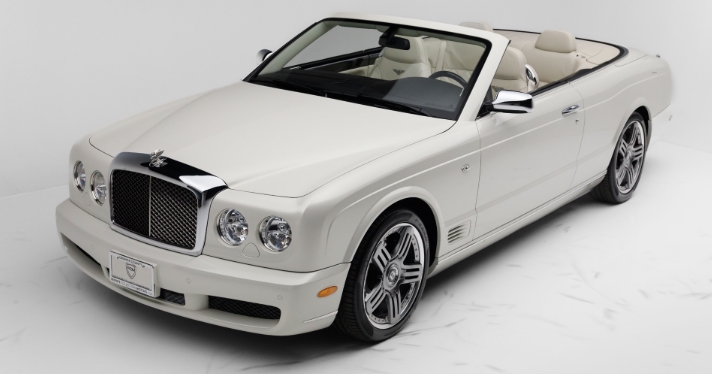The Evolution of the Land Rover Freelander
The Land Rover Freelander holds a significant place in automotive history as one of the first compact SUVs produced by a premium brand, marking Land Rover’s successful entry into the burgeoning small SUV market. Spanning over two decades, the Freelander’s evolution reflects advancements in automotive technology, shifting consumer preferences, and Land Rover’s strategic positioning. This article provides a detailed account of the Freelander’s development, including production years, models, and trim levels.
Origins and Introduction (1997–2006)
Development and Launch
The Land Rover Freelander was officially introduced in 1997, marking Land Rover’s first foray into the compact SUV segment. The vehicle was developed as a joint venture with the BMW Group, which contributed to its platform and engineering. Its compact size, car-like handling, and off-road capability aimed to appeal to urban drivers seeking a versatile vehicle.
Production Years
- First Generation (2000–2006): Although the initial concept and development began in the late 1990s, the first-generation Freelander was officially launched in 2000. Production commenced at Land Rover’s Halewood plant in England, and the model was sold globally until 2006.
First-Generation Freelander (2000–2006)
Design and Platform
The first-generation Freelander was built on the Land Rover’s internal platform, which was based on the Rover Group’s underpinnings, adapted for off-road capability. The vehicle featured a unibody construction, a rarity among SUVs at the time, emphasizing on-road comfort alongside off-road prowess.
Engine Options
- 1.8-liter petrol engine (113 hp)
- 2.0-liter petrol engine (136 hp)
- 2.5-liter V6 petrol engine (174 hp)
- 2.0-liter turbo-diesel engine (112 hp)
- 2.0-liter turbo-diesel (122 hp)
Transmission
- Five-speed manual transmission
- Four-speed automatic transmission (later models)
Trim Levels and Features
The first-generation Freelander was offered in several trim levels, which evolved over the years:
- S: Base model with essential features, cloth seats, manual windows, and basic audio.
- SE: Mid-range trim, adding features such as alloy wheels, air conditioning, power windows, and upgraded audio systems.
- HSE: Top-tier trim with leather upholstery, premium audio, climate control, and additional luxury features.
Special Editions
Throughout its production, Land Rover released special editions, such as the Freelander 1.8i Sporting, which added sporty styling elements, and the Freelander County, emphasizing off-road capabilities and rugged styling.
Facelift and Updates
In 2004, the Freelander received a significant facelift that included:
- Revised front grille and bumper design
- New alloy wheel designs
- Improved interior materials
- Enhanced safety features, including side airbags and stability control
Second Generation and Discontinuation (2006–2014)
Transition and New Model (2006)
Land Rover introduced the second-generation Freelander in 2006, which was a completely redesigned vehicle built on the all-new Land Rover LR2 platform (also known as the Discovery 3 platform in some markets). The new model aimed to improve ride comfort, safety, and off-road capabilities while maintaining its compact SUV appeal.
Production and Market Focus
Produced until 2014, the second-generation Freelander was assembled at Land Rover’s Halewood plant in the UK. It was marketed globally, especially in North America, Europe, and Asia.
Design and Features
- Improved aerodynamics and styling, with a more modern appearance
- Higher-quality interior materials
- Advanced safety features, including standard electronic traction and stability controls
- Optional features included a panoramic sunroof, navigation system, and premium audio
Engine Options
The second-generation Freelander primarily utilized gasoline and diesel engines, with notable updates:
- Petrol Engines:
- 2.0-liter Si4 turbocharged four-cylinder (240 hp)
- 3.2-liter inline-six (discontinued early)
- Diesel Engines:
- 2.2-liter TD4 (150 hp)
- 2.2-liter SD4 (190 hp)
Transmission
- Six-speed manual transmission
- Six-speed automatic transmission (ZF-sourced), with some models featuring a sequential shift mode
Trim Levels
In its second iteration, Freelander offered a range of trims tailored to various markets and customer preferences:
- Base: Equipped with essential features, manual air conditioning, and cloth seats.
- SE: Added alloy wheels, premium audio, leather upholstery options, and upgraded interior features.
- HSE: The top trim, offering leather seats, xenon headlights, navigation, and advanced safety features.
- Commercial/Utility variants: Some markets offered commercial or simplified versions for fleet or utility purposes.
Special Editions and Packages
Land Rover released several special editions to enhance appeal, including:
- Freelander XS: Focused on sportier styling with unique wheels and trim.
- Freelander Westminster: Offered luxury features and unique badging.
- Off-Road Packages: Some models came with Terrain Response systems, hill descent control, and off-road tires.
.

.
Notable Features and Technological Advancements
Throughout its life cycle, the Freelander saw several technological improvements:
- Terrain Response System: Introduced in the second generation, this system allowed drivers to select different driving modes optimized for various terrains such as snow, mud, or sand.
- Safety Enhancements: Introduction of side airbags, stability control, and anti-lock braking systems.
- Interior Technology: Increased availability of infotainment systems, navigation, and premium audio options.
Discontinuation and Legacy (2014)
In 2014, Land Rover discontinued the Freelander, replaced by the all-new Range Rover Evoque and later models like the Discovery Sport. The Freelander’s discontinuation marked the end of an era for Land Rover’s compact SUV segment, but its influence persisted in the development of more modern, sophisticated vehicles.
Summary of Models and Trim Levels Throughout Production
| Year Range | Generation | Notable Models and Trim Levels | Key Features |
|---|---|---|---|
| 2000–2006 | First Generation (L314) | S, SE, HSE, Sporting, County | Basic to luxury, facelift in 2004 |
| 2006–2014 | Second Generation (L538) | Base, SE, HSE, Westminster, XS | Advanced safety, Terrain Response |
Conclusion
The Land Rover Freelander’s evolution from 2000 to 2014 exemplifies a successful transition from a niche off-road vehicle to a refined, versatile urban SUV with impressive off-road credentials. Its various models and trim levels catered to a broad audience, from practical daily drivers to luxury buyers seeking premium features. The vehicle’s innovative features, such as the Terrain Response system, set new standards in the segment and influenced subsequent Land Rover models. Today, the Freelander remains a significant chapter in Land Rover’s history, remembered for its pioneering role in compact luxury SUVs.







